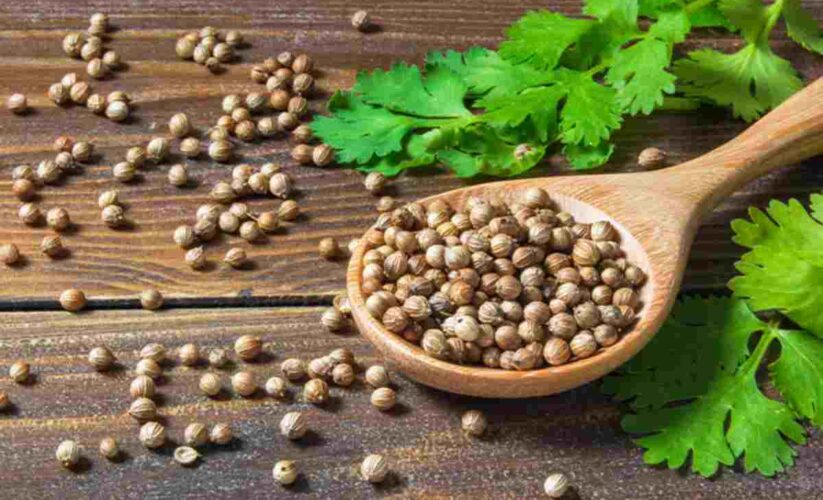
The Best Coriander Substitute
Coriander Substitute: Coriander is a minor pod about the size of a peppercorn. It’s amazingly the seed of the cilantro plant, though they taste very dissimilar. Across the pond, the spice coriander, the seed of the plant, and the herb cilantro, the plant’s leaves, are stated as coriander.
Best Coriander Substitute
Cumin
Cumin and coriander are your spice cupboard’s peanut butter and jelly – the faultless pair. In many recipes, especially Indian dishes, cumin and coriander are often used together. In recipes like dahl, coriander is balanced with cumin and other spices, so it’s easy to double the cumin in its place of coriander. This is also the case in numerous rice dishes worldwide, where coriander and cumin are used to cologne the rice.
If you admire Moroccan cooking, try making your own Ras El Hanout. This spice mixture features cumin and coriander but can be completed with cumin substituted for coriander.
Caraway
Coriander has a slight acerbity that Caraway shares. Caraway is the perfect substitute when recipes call for whole coriander, like pickling spice or brine for meat. Caraway and coriander are most famously paired up in Tunisian harissa paste, a spiced condiment faultless for meats, veggies, and more. Ground caraway can be used for coriander in a pinch, but the flavor profile will be dissimilar. When ground, use half as much caraway as coriander.
Fennel
Coriander and fennel share a similar earthiness and slight citrus note. Fennel has a more penetrating licorice-type flavor, so use half as much fennel as coriander when relieving. Whole fennel seeds are also a clad swap for whole coriander in methods that call for whole spices. Fennel and coriander also love lamb, so if you’re making kofta kebabs for dinner, swap out the coriander for fennel, and it will be a crowd-pleaser.
Garam Masala
Garam masala can be a multi-layered substitute for coriander seeds in Indian cooking. This spice mixture comprises coriander seeds, so it can assistance uphold the unique flavor profile of the dish. Garam masala also covers other spices, which can alter the dish’s flavor. It’s best used in recipes that can house these extra flavors. Also, as with cumin, start with a smaller amount and adjust to taste.
Curry Powder
Curry powder is an additional multi-layered substitute for coriander seeds. It’s a combination of spices that often includes coriander seeds. Employing curry powder can contribute to retaining some of the unique flavors while adding a new dimension to the dish. However, like garam masala, curry powder is used to shelter other spices. It’s the premium used in dishes that can handle these extra flavors. Also, because curry powder differs by brand, you may need to regulate the amount to attain the desired flavor.
Why Substitute Coriander?
There are several reasons why Big Shot might need to find a substitute for coriander. One common motive is simply running out of it while cooking. In such cases, knowing a suitable other can save a trip to the grocery store. Another reason is that some people have a natural aversion to the taste of coriander. Coriander can taste soapy or metallic for these persons due to a genetic trait. Using a substitute can help them enjoy dishes that usually include coriander.
Lastly, allergies to coriander, however rare, do exist. People with this allergy are essential to avoid coriander in their diet. Having a list of dependable substitutes can help them easily navigate recipes and menus.
Tips for Using Coriander Substitute Effectively
When you diverge from a recipe, it’s important to remember that the result won’t be precisely the same as a non-substituted version. As long as you manage your prospects, things will still be delicious.
Deciding which swap to use depends on the flavor profile of the dish you’re making. Think about what you want the final dish to taste like and what cuisine or share of the world you travel to. Approximately swaps will be better, depending on what is in the dish.
Conclusion
Finding the faultless coriander substitute is not just about replacing one ingredient with another. It’s about embracing culinary creativity, understanding flavor profiles, and creating your own dish. So, try different substitutes, regulate to your taste, and enjoy the journey of detection in your kitchen.
